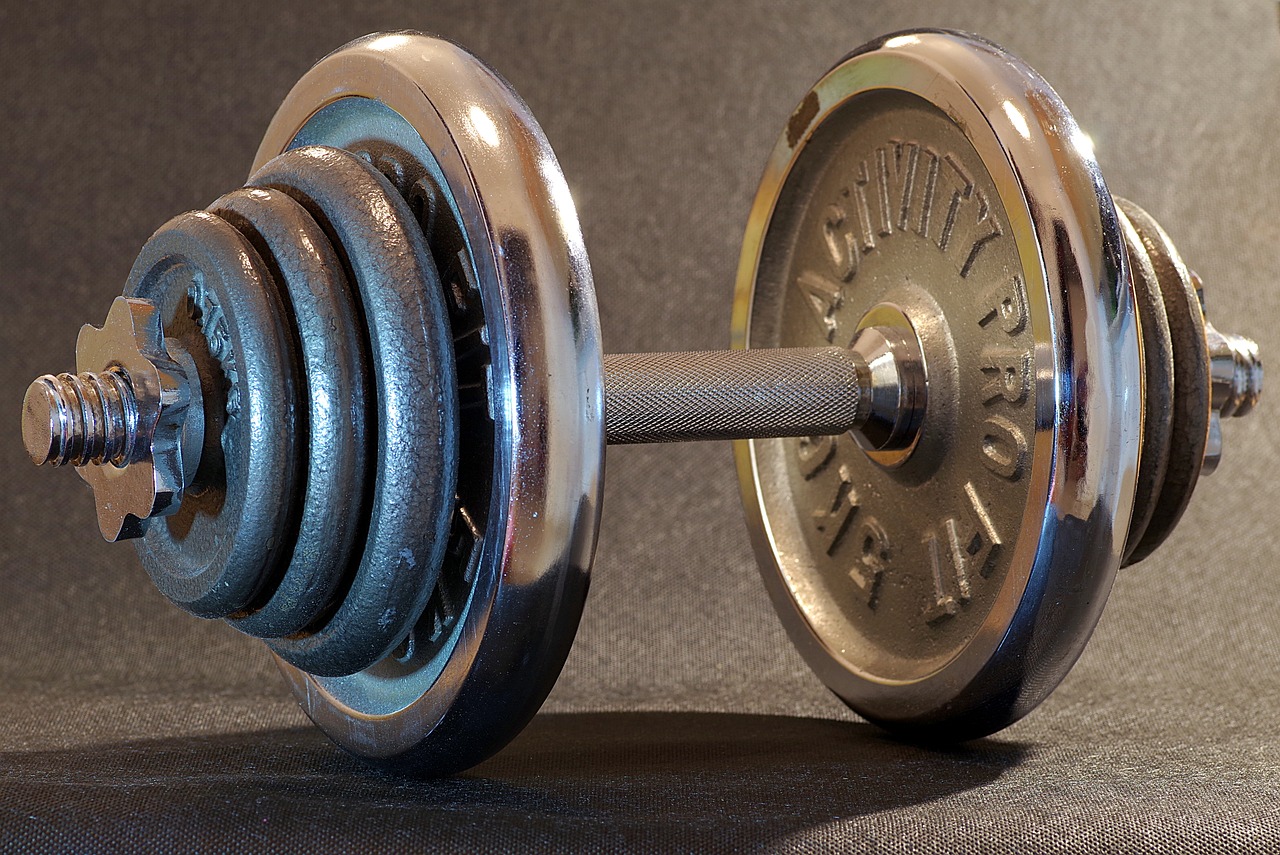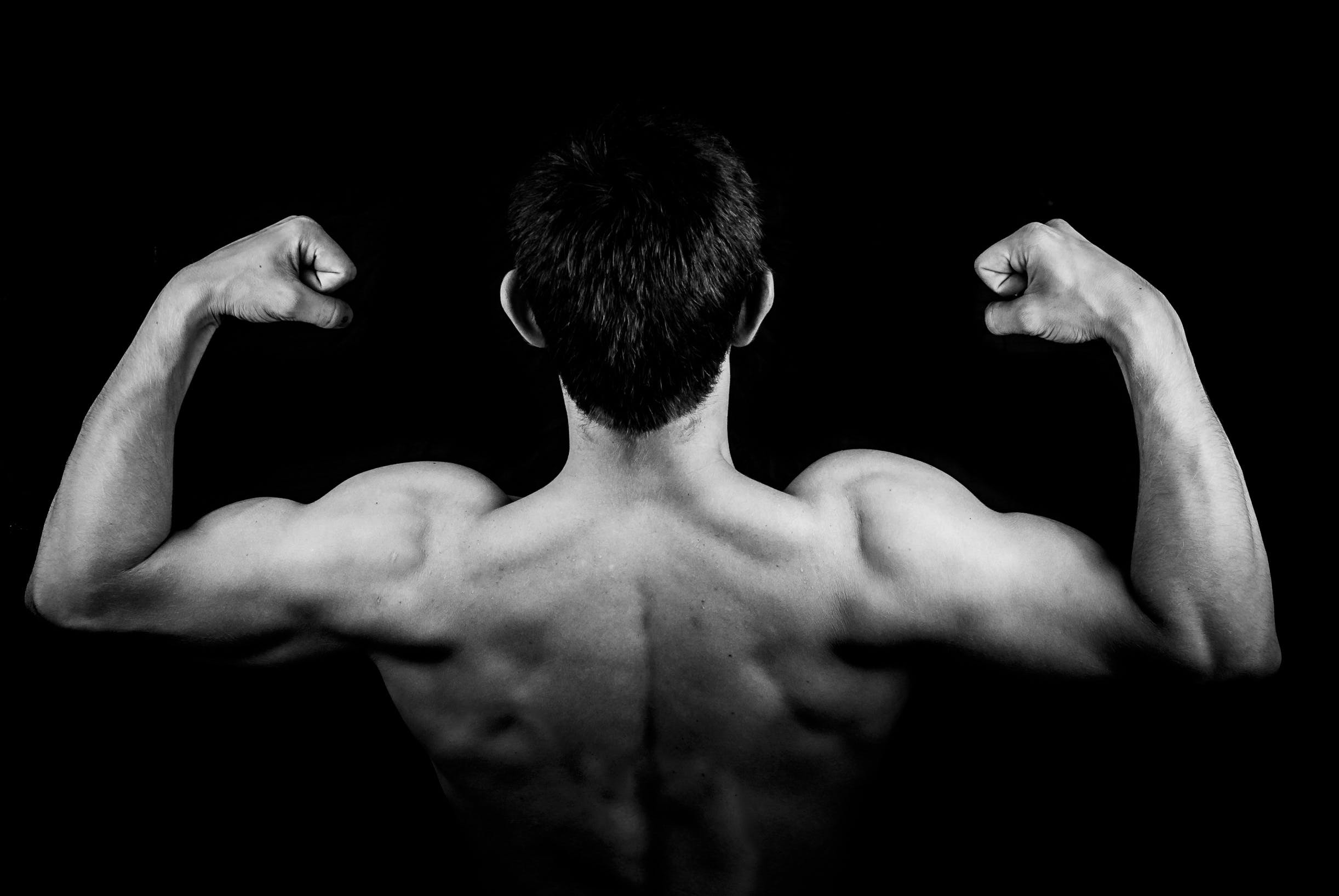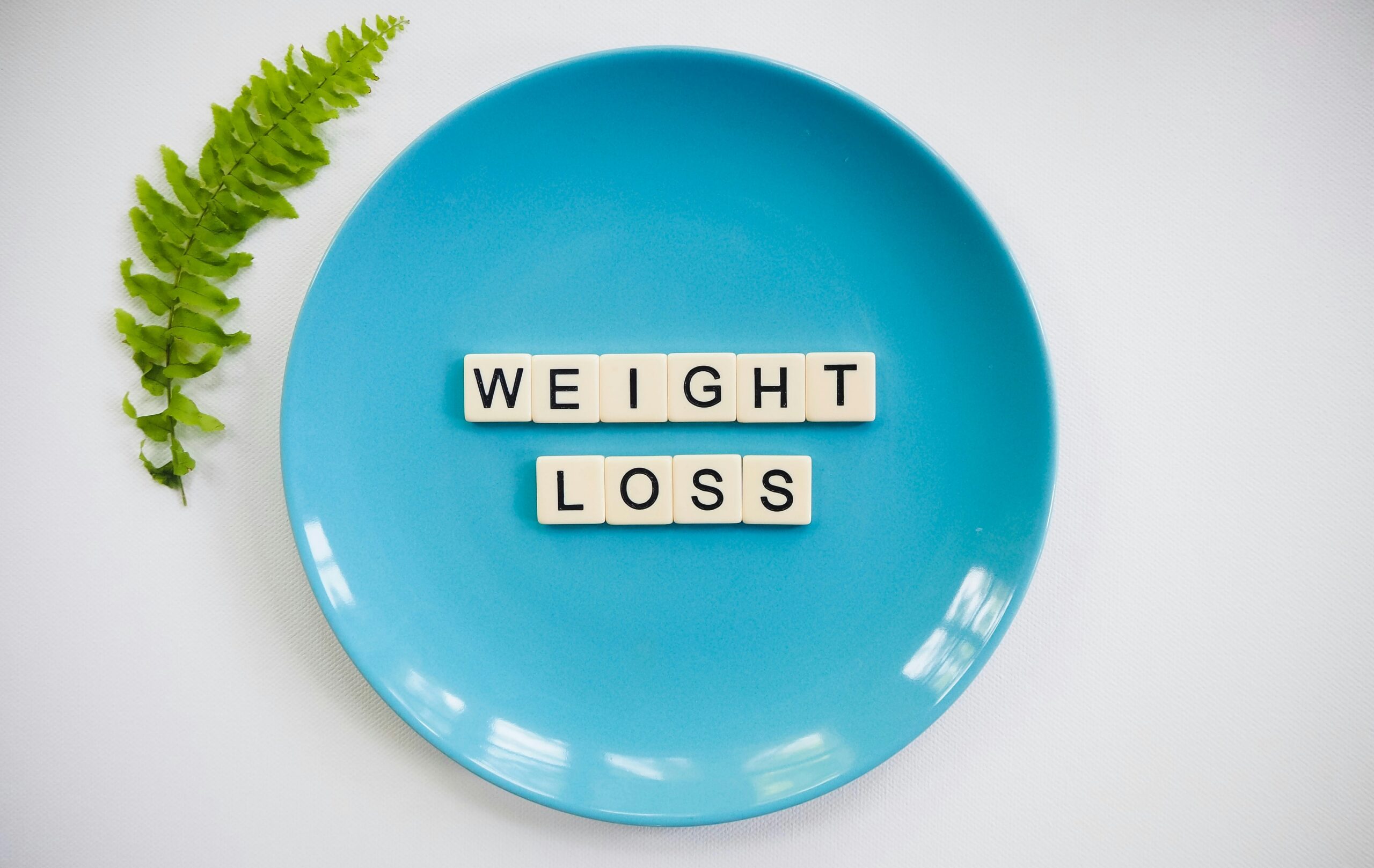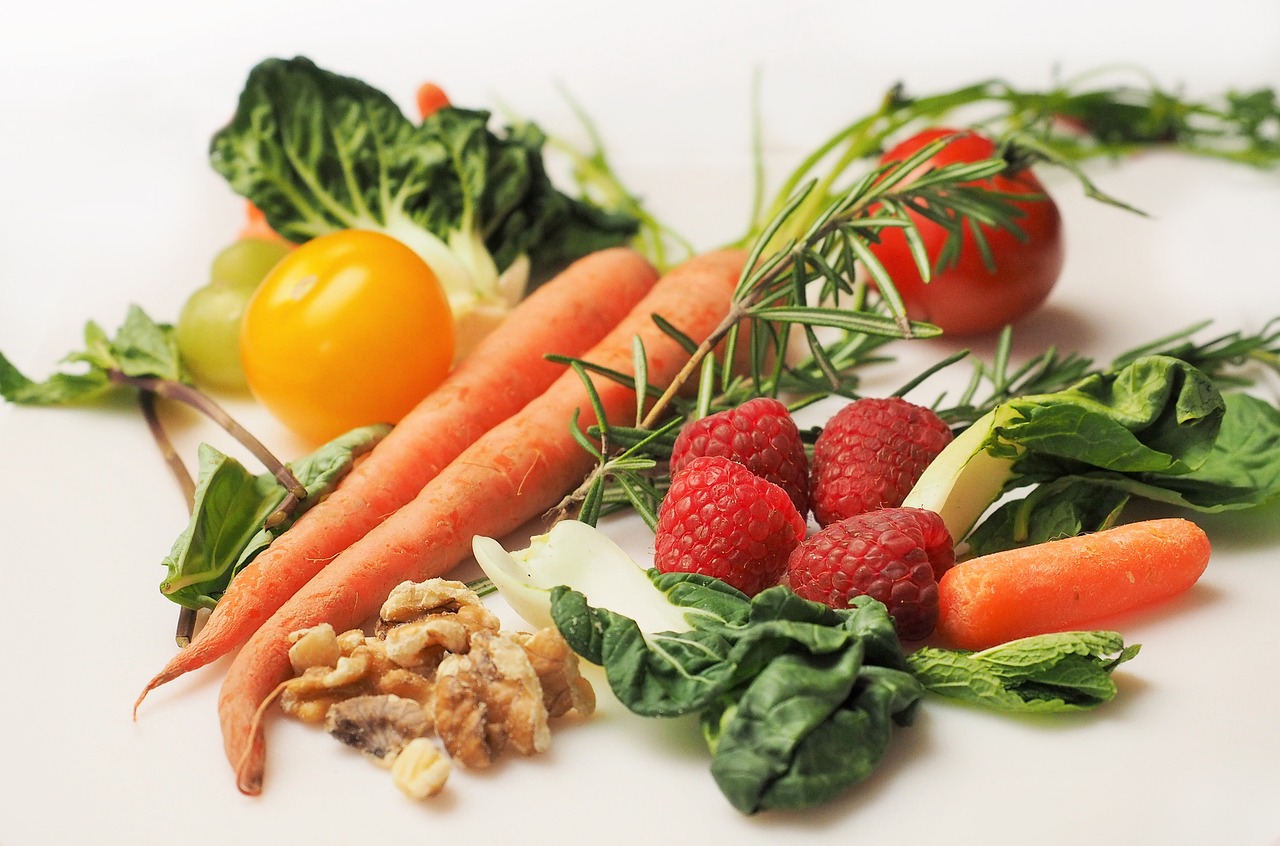Imagine being able to achieve your dream physique – toned and muscular, while simultaneously shedding unwanted fat. Is this too good to be true? Many fitness enthusiasts have pondered upon the possibility of losing fat and gaining muscle simultaneously. Can you really have the best of both worlds? In this article, we will explore the science behind this intriguing question and uncover the truth behind this fitness conundrum. So, grab your gym gear and get ready to embark on a journey to discover if it is indeed possible to lose fat while gaining muscle.

Understanding Body Composition
When it comes to our bodies, it’s important to understand the concept of body composition, which refers to the proportion of fat, muscle, and other tissues that make up our overall weight. When you talk about losing fat or gaining muscle, you’re essentially talking about changing your body composition.
Differentiating Fat and Muscle
To understand body composition, we need to differentiate between fat and muscle. Fat is stored energy in our bodies, and while it is necessary for insulation and protection, excess fat can lead to various health issues. On the other hand, muscle is responsible for movement, strength, and overall function. It not only helps us perform day-to-day tasks but also contributes to an increased metabolism.
Body Mass Index (BMI)
One commonly used tool to assess body composition is the Body Mass Index (BMI). BMI is calculated using your height and weight and provides a rough estimate of your body fatness. While it can be a useful screening tool, it’s important to note that BMI doesn’t take into account factors such as muscle mass and distribution of fat.
Understanding Body Fat Percentage
Body fat percentage is a more accurate indicator of body composition compared to BMI. It measures the proportion of fat in relation to total body weight. By knowing your body fat percentage, you can better understand your overall health and fitness levels. Ideal body fat percentage varies depending on factors such as age, gender, and activity level.
Importance of Muscle Mass
Muscle mass is a crucial component of body composition. Having an adequate amount of muscle not only enhances physical performance but also contributes to a higher metabolic rate. This means that the more muscle you have, the more calories you burn at rest. Moreover, muscle mass plays a significant role in healthy aging and overall well-being.
The Myth of Simultaneous Fat Loss and Muscle Gain
One of the most common misconceptions in the realm of fitness is the belief that you can simultaneously lose fat and gain muscle. While it would be ideal if this were possible, the reality is that these two processes are opposing physiologically.
Energy Balance
The key concept to grasp here is energy balance. To lose fat, you need to create a caloric deficit, meaning you consume fewer calories than you burn. Conversely, to gain muscle, you need to be in a caloric surplus, where you consume more calories than you burn. These two goals require conflicting strategies.
Caloric Deficit for Fat Loss
When you want to lose fat, you need to be in a caloric deficit. This means focusing on proper nutrition and exercise to create an energy imbalance. By consistently consuming fewer calories than your body needs, you force it to tap into its fat reserves for energy, leading to fat loss over time.
Caloric Surplus for Muscle Gain
On the other hand, if your goal is to gain muscle, you need to be in a caloric surplus. This means consuming more calories than your body needs to maintain its current weight. The excess calories provide the necessary energy for muscle growth and repair.
Opposing Physiological Processes
Fat loss and muscle gain require different physiological processes. Fat loss involves breaking down stored fat for energy, while muscle gain requires protein synthesis and the building of new muscle tissue. These processes are not easily achieved simultaneously and therefore require separate focus and strategies.
Strategies to Optimize Fat Loss and Muscle Gain
While simultaneous fat loss and muscle gain may not be realistic, there are strategies you can implement to optimize each process individually.
Progressive Resistance Training
To maximize muscle gain, incorporate progressive resistance training into your routine. This involves gradually increasing the weight or intensity of your workouts over time. By progressively challenging your muscles, you stimulate muscle growth and strength gains.
Lifting Weights
Strength training, particularly weightlifting, is known for its ability to promote muscle growth. It helps increase lean muscle mass, improve muscle tone, and enhance overall strength and functionality. Aim for a combination of compound exercises (exercises that work multiple muscle groups) and isolation exercises (exercises that target specific muscles) to achieve balanced muscle development.
High-Intensity Interval Training (HIIT)
Incorporating high-intensity interval training (HIIT) can be an effective way to maximize fat loss. HIIT involves alternating between high-intensity exercises and short rest periods. It has been shown to increase metabolism, burn more calories in a shorter amount of time, and improve cardiovascular health.
Proper Nutrition
Proper nutrition is crucial for both fat loss and muscle gain. To optimize fat loss, focus on consuming nutrient-dense, whole foods while maintaining a moderate caloric deficit. For muscle gain, ensure you’re consuming enough calories and protein to support muscle growth and repair.
Maintaining Protein Intake
Protein is essential for muscle growth and repair. Aim to consume an adequate amount of high-quality protein sources such as lean meats, poultry, fish, eggs, dairy, legumes, and plant-based proteins. It’s recommended to consume 0.8-1 gram of protein per pound of bodyweight for optimal results.
Balanced Macronutrient Ratios
In addition to protein, it’s important to have a balanced intake of carbohydrates and fats. Carbohydrates provide energy for workouts and aid in muscle recovery, while fats play a role in hormone production and overall health. Finding the right macronutrient ratios that work for your body and goals is key.
Eating in a Caloric Deficit/Surplus
To prioritize fat loss or muscle gain, you need to be in the appropriate caloric balance. Focus on consuming a caloric deficit to lose fat and a caloric surplus to gain muscle. Tracking your calorie intake and adjusting as needed will ensure you’re aligning your nutrition with your goals.
Nutrient Timing and Meal Frequency
While the overall caloric balance is crucial, nutrient timing and meal frequency can also play a role in optimizing fat loss and muscle gain. Some individuals find that spreading their meals throughout the day or incorporating pre and post-workout meals can enhance their results. Experiment and find a meal schedule that works best for you.
Adequate Rest and Recovery
Rest and recovery are often overlooked aspects of fitness but are essential for progress. Giving your body time to rest and repair allows for muscle recovery and growth. Aim for 7-9 hours of quality sleep per night and include rest days in your training routine.
Factors Influencing Fat Loss and Muscle Gain
While implementing effective strategies is essential, it’s important to acknowledge that various factors can influence fat loss and muscle gain.
Genetics
Our genetic makeup plays a significant role in determining our body composition and how our bodies respond to different types of exercise and nutrition. Some individuals may naturally have a higher propensity for muscle gain, while others may find it more challenging.
Hormones
Hormones, such as testosterone and estrogen, play a crucial role in muscle growth and fat loss. Hormonal imbalances can affect how our bodies respond to exercise and nutrition. Consulting with a healthcare professional if you suspect hormonal issues can help you navigate your fitness journey.
Age
Age can also impact our ability to lose fat and gain muscle. As we get older, our metabolism tends to slow down, making fat loss more challenging. Additionally, muscle mass naturally decreases with age, so preserving and building muscle becomes increasingly important.
Gender
Gender differences can also influence body composition and how our bodies respond to exercise and nutrition. Generally, men tend to have a higher muscle mass and a lower percentage of body fat compared to women. However, each individual’s genetics, hormones, and lifestyle factors play a significant role.

Importance of Patience and Consistency
When pursuing fat loss or muscle gain, it’s essential to approach the journey with patience and consistency.
Realistic Expectations
It’s important to have realistic expectations when it comes to changing your body composition. Results take time, and every individual is different. Avoid comparing yourself to others and focus on progress rather than perfection.
Tracking Progress
Tracking your progress is crucial to understanding how your body is responding to your efforts. Whether it’s taking measurements, progress photos, or keeping a training log, documenting your progress allows you to make adjustments, celebrate milestones, and stay motivated.
Adapting and Tweaking Strategies
As your body adapts to your training and nutrition strategies, you may need to make adjustments. This could include increasing weights, changing exercises, modifying your calorie intake, or experimenting with different training methods. Being open to adaptations allows for continued progress.
Staying Committed
Consistency is key in achieving sustainable results. It’s important to stay committed to your fitness journey and make it a lifestyle rather than a temporary fix. Building healthy habits and finding enjoyment in your workouts and nutrition choices will contribute to long-term success.
Case Studies and Personal Experiences
Looking at case studies and personal experiences can provide valuable insights and inspiration for those on a similar fitness journey.
Success Stories
Many individuals have successfully transformed their bodies by prioritizing either fat loss or muscle gain. Their stories serve as motivation and show that with dedication and the right strategies, significant changes are possible.
Challenges Faced
Changing one’s body composition is not without challenges. Plateaus, setbacks, and the mental and emotional aspects of the journey can make it difficult to stay motivated. Acknowledging these challenges and finding ways to overcome them is crucial for continued progress.
Lessons Learned
Each person’s fitness journey is unique and comes with its own set of lessons. By sharing their experiences and the lessons they’ve learned along the way, individuals can inspire and educate others on their own paths to success.

The Role of Professional Guidance and Expertise
Seeking professional guidance and expertise can be immensely beneficial when it comes to optimizing fat loss and muscle gain.
Hiring a Personal Trainer
A personal trainer can provide knowledgeable guidance, create personalized training programs, ensure proper form, and help you stay accountable to your goals. They can also assist with adapting your workouts as you progress.
Consulting with a Registered Dietitian
A registered dietitian can offer expert advice on proper nutrition, help you create meal plans tailored to your goals, and address any specific dietary needs or restrictions you may have. They can provide guidance on calorie intake, macronutrient distribution, and meal timing.
Medical Considerations
If you have any underlying medical conditions or concerns, it’s important to consult with a healthcare professional before embarking on any significant changes to your exercise or nutrition routine. They can provide valuable insight and ensure your safety and well-being throughout the process.
Common Mistakes and Pitfalls
There are common mistakes and pitfalls to be aware of when pursuing fat loss or muscle gain.
Overtraining
Engaging in excessive amounts of exercise without adequate rest and recovery can hinder progress and increase the risk of injury. It’s important to give your body the time it needs to repair and rebuild between workouts.
Neglecting Proper Nutrition
Regardless of your goals, proper nutrition is key for optimal results. Neglecting to fuel your body with the right nutrients can hinder progress and affect your overall health. Focus on balanced, nutrient-rich meals to support your goals.
Unrealistic Timeframes
Changing your body composition takes time and consistency. It’s important to set realistic expectations and remember that sustainable progress is gradual. Avoid crash diets or extreme workouts in search of quick results, as they are not sustainable or healthy.
Lack of Rest and Recovery
Rest and recovery are just as important as intense workouts when it comes to achieving optimal results. Adequate sleep, rest days, and stress management all contribute to your body’s ability to repair, grow, and adapt.
Conclusion
While the idea of losing fat and gaining muscle simultaneously may be appealing, the reality is that these are two separate processes that require different approaches. By understanding the concepts of body composition, energy balance, and the importance of proper nutrition and exercise, you can optimize fat loss or muscle gain. It’s important to approach your fitness journey with patience, consistency, and realistic expectations. Seek professional guidance when needed and learn from the experiences of others. With dedication and a well-rounded approach, you can achieve sustainable results and continue to improve your body composition.




